By Nicola Field
Lleyton Hewitt and Pat Rafter; Mark Zuckerberg and Steve Jobs; the Teenage Mutant Ninja Turtles and Splinter the rat. Look behind many household names, and chances are you’ll find a successful mentorship.
That’s because leadership is not about being the best. It’s about bringing out the best in others. And this lies at the heart of what mentoring is all about – allowing up-and-comers to tap into the knowledge and experience of someone who’s been there before them.
What’s particularly special about mentoring is that it benefits both people in the relationship. But it’s a partnership that calls for careful management to deliver maximum results.
TWO-WAY REWARDS
A wealth of studies confirm the power of mentoring. Mentees typically enjoy increased compensation, a greater number of promotions and enhanced career satisfaction. They are more engaged in their workplace and feel more positive about the organisation they work for.
On the other side of the partnership, mentors can also enjoy greater career success and personal fulfilment.
Mobile Learning Business Manager at the University of Melbourne, Edwina Coller AFIML, has extensive experience as a mentor both through local government initiatives and, more recently, through the formal mentoring program – Member Exchange – run by IML ANZ. Coller’s personal experiences confirm research findings.
“I really enjoy watching people expand, grow and move forward,” she says. “I’ve seen mentees make extraordinary leaps and bounds – to new jobs and new titles – it’s very exciting!”
Onno Van Es FIML, Manager HR Strategy and Engagement, Mackay Hospital and Health Service, has been a mentor for nine years. He agrees that the pluses flow both ways: “Mentoring is extremely good for my own self-development through the sharing of experiences and the self-reflection it brings.”
Van Es cites the example of a mentee he worked with, who was highly qualified but quite introverted and keen to learn about self-promotion. Together, they set out to build the mentee’s confidence. Van Es observes, “It made me realise that I can have similar people on my own workplace team, and I could use the same techniques to help them reach their full potential.”
CONNECTING THE MENTEE WITH THE RIGHT MENTOR
Emily Allen-Rose MIML, who oversees IML ANZ’s mentoring program, says, “The beauty of mentoring is that it provides a very individual perspective – an ability to focus on exactly where the mentee wants to improve, and that gives mentoring an intensity that you just don’t get through group training sessions.”
For mentees however, it can be challenging to find an appropriate mentor. As Coller points out, seeking out a more experienced colleague within their workplace is not always the best solution.
She explains, “There are often areas that mentees don’t want to discuss with their manager because it’s about them personally and not relevant to their role.” The sorts of issues Coller is referring to can range from job interview tips to the career impact of starting a family. Topics that understandably may be off limits with a workplace manager.
Coller notes that other areas of mentoring such as learning how to conduct a meeting or how to get a team to listen to you, can be difficult to raise with a manager. “The mentee may be concerned it will reflect poorly on their skill and abilities,” she explains.
It can make outside mentors a sensible option though this can be a costly process. As the value of mentoring becomes widely understood, the number of organisations offering a user-pays mentoring service has mushroomed. Some industry bodies offer programs for as little as A$300 though mentoring programs available through the private sector can cost upwards of A$10,000.
That’s where IML ANZ’s program fills the gap. Not only is it free to IML ANZ Members, Allen-Rose explains that their mentoring program uses a professional matching service that ensures a strong correlation between the mentee’s goals and objectives, and the mentor’s experience and industry background. This matching can be especially helpful when mentees are looking for guidance on niche issues such as working in a particular overseas location.
SETTING THE PARAMETERS
Allen-Rose is quick to point out that mentoring is by no means an easy shortcut to career success, and the first meeting is essential to set some ground rules. She says mentors and mentees are encouraged to discuss expectations and boundaries – the latter being instrumental in establishing confidentiality and building trust.
For Coller, the number one factor to be bedded down is the mentee’s motivation. “As I’m giving up my time for the mentee, I want a commitment from them, and it’s critical that the desire to be mentored comes from the individual not from their boss,” she explains. “The mentee has got to want it for themselves – be prepared to invest in themselves, make change in their own life, and they’ve got to be prepared to put the work in.”
In fact, gauging the mentee’s level of commitment is critical. A US study found successful mentoring relationships were characterised by mutual respect, clear expectations, personal connection, and shared values. Failed mentoring relationships, on the other hand, were characterised by poor communication and lack of commitment.
ESTABLISHING GOALS, BOUNDARIES AND FREQUENCY
Research by recruitment firm Robert Walters found that mentoring can be most effective when a clear set of goals is in place backed by calendar dates that confirm the frequency of meetings.
In terms of goal setting, Van Es says, “Different mentees all have different reasons and motivations for seeking a mentor. That’s why I always start out by asking, ‘What do you want to get out of mentoring?’”
He notes, “For some mentees it can be a single issue goal such as building their LinkedIn presence. Others are making a transition in their career; some want to improve their networking skills.”
Coller also onboards mentees by discovering what they hope to achieve: “This helps to formulate a direction, and from there a strategy.”
In terms of a timetable, IML ANZ’s mentoring program spans four months with a recommended six to eight meetings though Allen-Rose notes this is flexible. “We suggest the initial meeting lasts 1.5 to 2 hours,” she says. “From there, meetings are generally held every two to three weeks.”
As a guide to the degree of flexibility, Coller says she generally meets mentees for two hours in the first meeting, with one-hour monthly meetings thereafter.
IML ANZ’s mentoring program formalises the relationship by asking mentors and mentees to sign off on set terms and conditions. “It’s our way of establishing boundaries but it also represents their commitment to the mentoring partnership,” explains Allen-Rose.

THE MENTORING METHOD
Exactly how the mentor helps the mentee achieve their goals varies widely. Van Es explains, “My style of mentoring is based around adult learning principles. It’s not a lecture style of learning, where I provide all the answers. Rather, I focus on the mentee taking ownership of their learning by being internally motivated and self-directed. At the end of the day the mentee has to drive the learning process.”
Coller uses a similar approach, saying, “My belief is that the mentee often has the resources they need within themselves – sometimes they just can’t see how to draw upon their own abilities.”
Reflecting this, Coller focuses on the mentee’s strengths and how they can tap into these. “It’s about leveraging what’s working well. We tend to lose sight of this within ourselves. But when you foster this, a person can truly develop.”
Flexibility is the key according to Van Es. “The strength of mentoring lies in developing a program unique to the individual mentee. It’s a bit like sports coaching: you customise your approach to the mentee’s level of skills and experience.”
Allen-Rose says that, in most cases, mentees work hard to be accountable to themselves and to get the most out of the experience.
That said, mentors are encouraged to push mentees to apply their learnings in the workplace. “It’s about mentees getting out of their comfort zone and exploring new ideas,” says Allen-Rose.
AN ONGOING RELATIONSHIP
While IML ANZ’s mentoring program typically spans four months, in many cases the mentoring relationship continues for much longer though at a less intense level than in the early stages.
Van Es says, “I still maintain casual contact with mentees that I worked with years ago. Even though I may only hear from them a few times a year once the formal process of mentoring is completed, my mentees all know I’m still there to help them if they need it.”
PASSION – THE KEY INGREDIENT
It’s worth noting that mentoring isn’t always about the young harnessing the experience of older peers. IML ANZ has received enquiries from octogenarians seeking a mentor.
What matters, says Van Es, is that mentors have a passion and a real willingness to help others. He adds, “I get a real kick out of seeing people grow and become better managers and better people.”
Coller sums up the rewards when recalling how a colleague, moving to the next stage of his career, recently remarked to her, “You saw something in me that I didn’t see myself ”. And that, she believes, is the essence of good mentoring. “It’s incredibly worthwhile and rewarding watching people grow and rise to new challenges.”

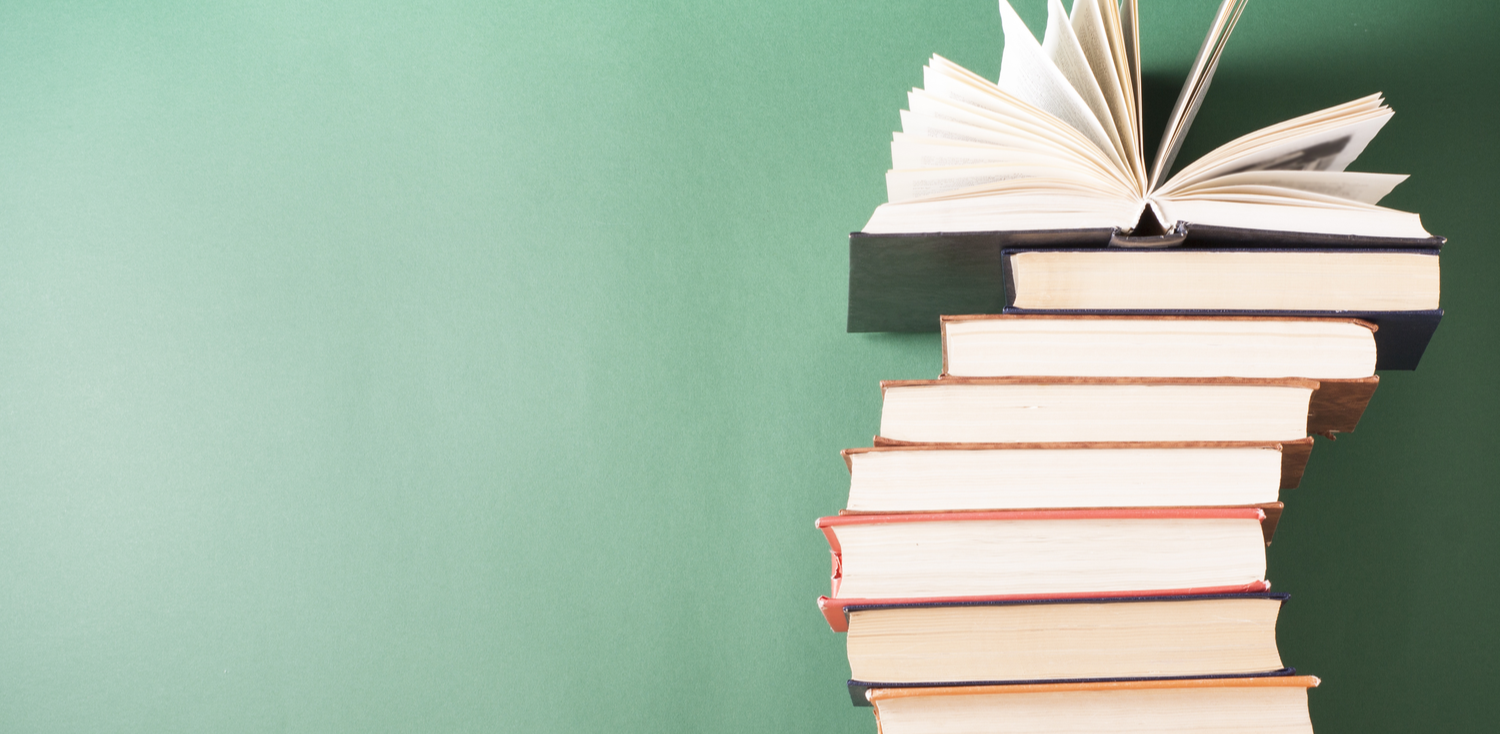





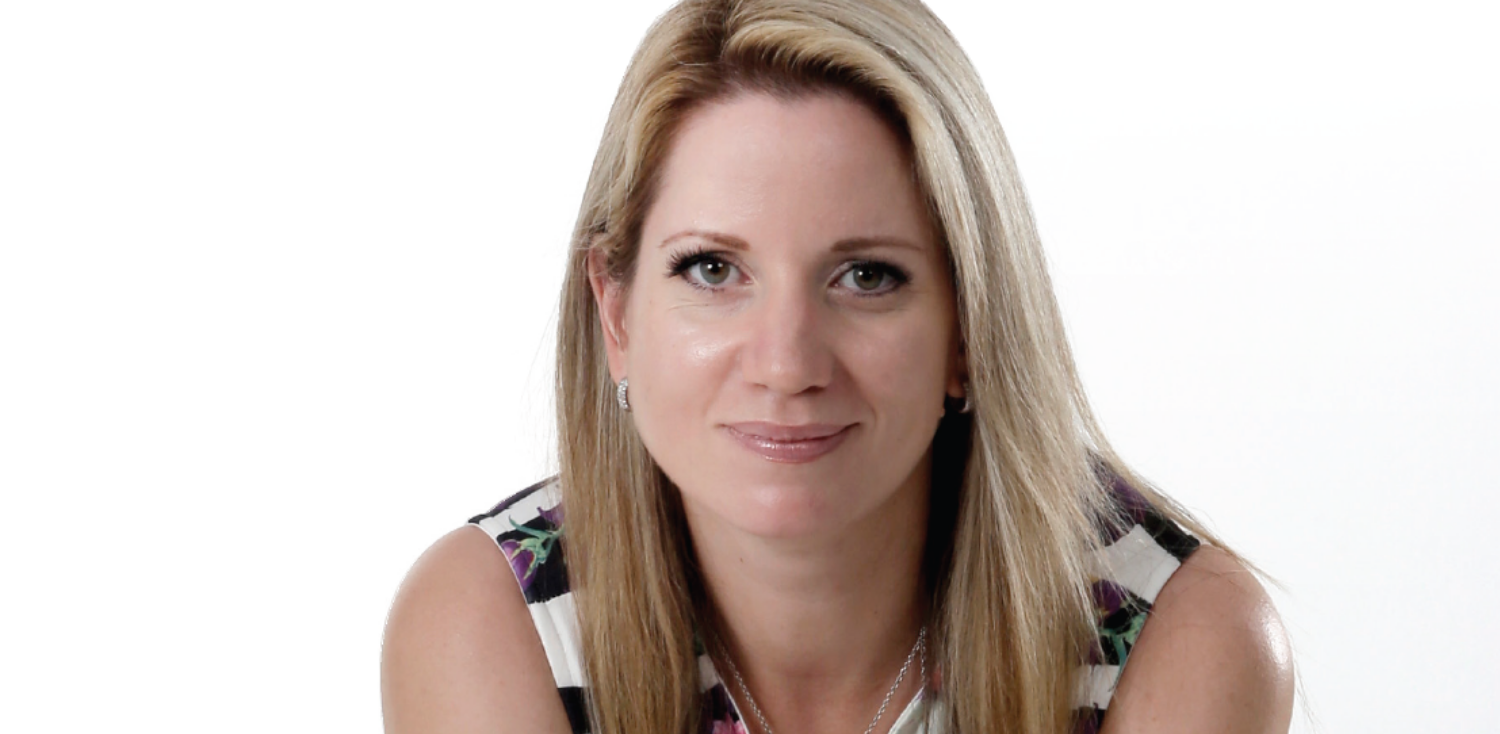
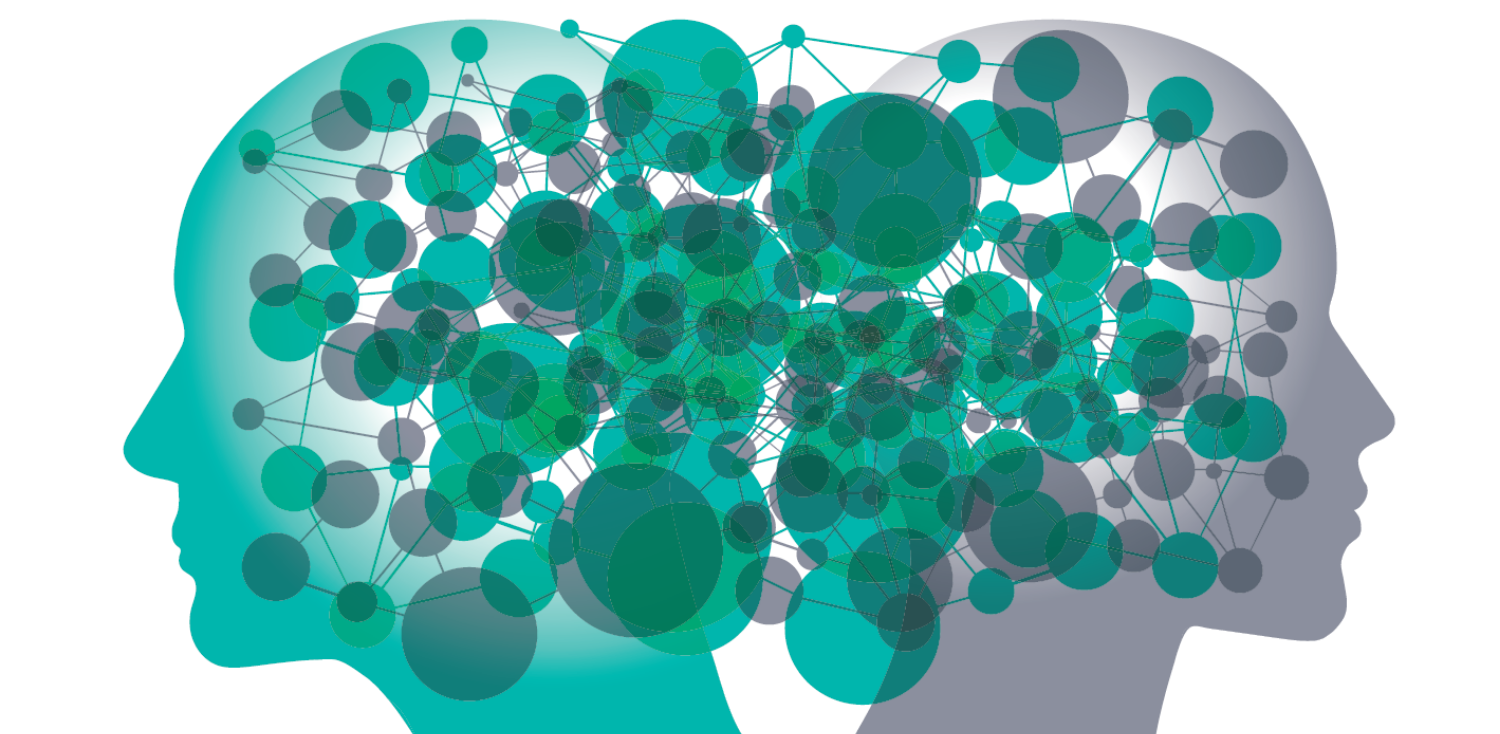




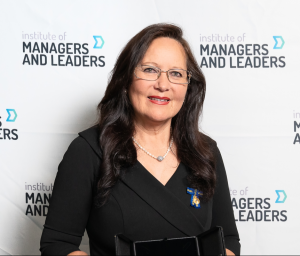 THEIR LONG ROADS TO LEADERSHIP
THEIR LONG ROADS TO LEADERSHIP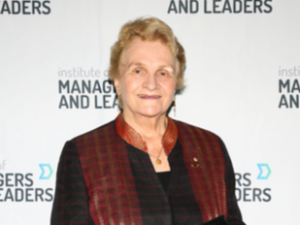 WOMEN HAVE COME A LONG WAY
WOMEN HAVE COME A LONG WAY
